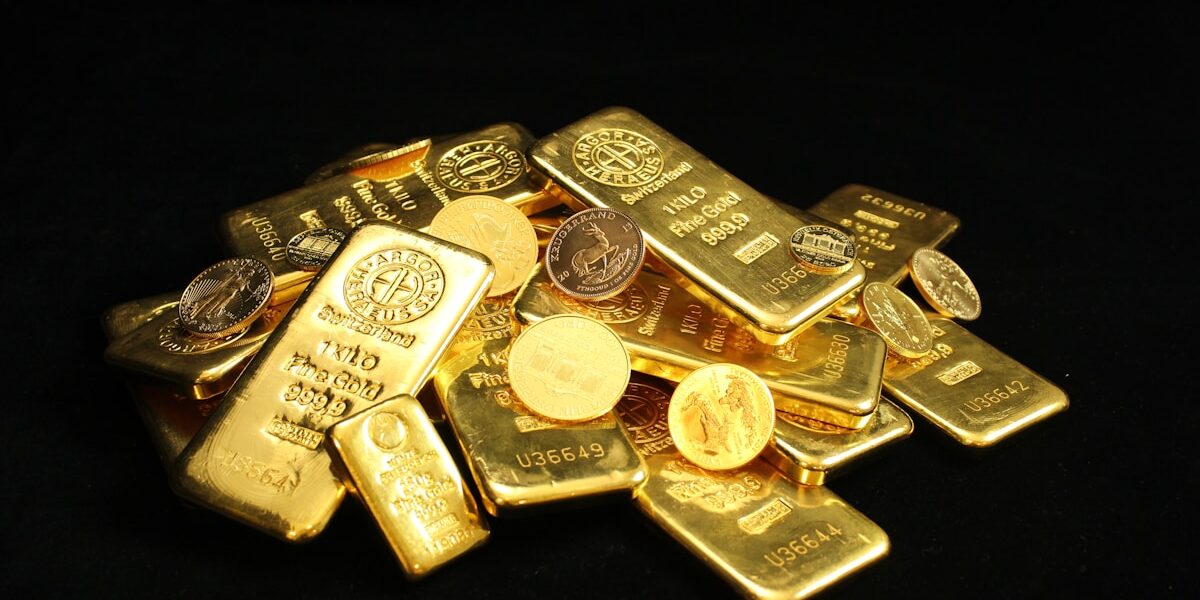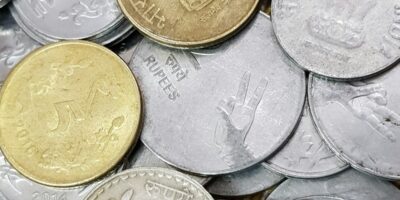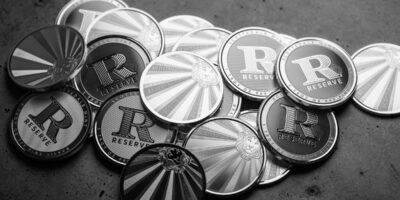The 1958 D Penny: Understanding Its Value
The 1958 D penny is a part of the Lincoln wheat penny series. These coins are highly collectible among numismatists and casual collectors alike. Minted in Denver, the 1958 D penny holds historical significance as one of the last wheat penny coins produced.
Historical Background

The wheat penny, designed by Victor D. Brenner, was introduced in 1909. It was meant to commemorate the 100th anniversary of President Abraham Lincoln’s birth. The design featured Lincoln’s bust on the obverse side and two wheat stalks on the reverse. This design remained in use until 1958, making the 1958 D penny one of the final ones of its kind.
The D mint mark on the 1958 penny signifies that it was produced at the Denver Mint. The Denver Mint has been instrumental in the production of U.S. coins for over a century, contributing billions of coins annually.
Composition and Design
The 1958 D penny, like other wheat pennies, is made primarily of copper. It consists of 95% copper and 5% tin and zinc. The coin’s diameter is 19.05 mm, and it weighs 3.11 grams. This composition was standard for pennies before the U.S. Mint switched to a mainly zinc composition in 1982.
The familiar portrait of Lincoln, designed by Brenner, graces the obverse side. The reverse side features the iconic wheat ears, symbolizing the nation’s agricultural history. The inscriptions include “E Pluribus Unum,” “United States of America,” and “One Cent.”
Minting Details
In 1958, the Denver Mint produced over 800 million pennies. This substantial number means that the coin is not particularly rare. However, it holds value for its historical context and as a part of the wheat penny series.
Collectors often search for coins in the best possible condition, which significantly affects their value. Coins that have been out of circulation and are in mint state (MS) condition are especially sought after.
Grading and Value
The value of a 1958 D penny depends heavily on its condition. Professional grading services assess coins and assign them a grade, usually ranging from Poor (P-1) to Mint State (MS-70). Higher-grade coins command higher prices.
- Good (G-4) to Very Fine (VF-20): Lower-grade circulated coins may be worth only about 2 to 5 cents.
- Extremely Fine (EF-40) to About Uncirculated (AU-55): Coins with minimal wear might fetch between 5 and 20 cents.
- Mint State (MS-60 to MS-70): Uncirculated coins can range from 30 cents to a few dollars. Those grading MS-65 or higher see increased interest from collectors.
Proof coins, which are struck with a special process for collectors, are rare for 1958. These can be highly valuable.
Factors Affecting Collectibility
Several factors can impact the collectibility and value of the 1958 D penny. The condition is paramount. Coins with a full, sharp strike and no wear will always be more desirable. Original luster can significantly boost a coin’s appeal.
Errors can also make specific coins stand out. Interestingly, although mint errors in 1958 D pennies aren’t common or widely noted, any misstrikes could garner interest. Varieties such as double-dies or off-center errors add intrigue for numismatists.
The 1958 Penny’s Place in History
As one of the last wheat pennies, the 1958 D piece holds a unique place in numismatic lore. This year marks the end of an era. The United States Mint shifted to the Lincoln Memorial cent in 1959. This change commemorated the 150th anniversary of Lincoln’s birth with a new reverse design, continuing Brenner’s obverse work.
For collectors, completing a run of wheat pennies requires the 1958 coin. Its abundance doesn’t diminish its importance in completing a historical lineage. Collectors interested in American history find the series valuable for tracing economic and artistic changes over the decades.
Investment Potential
The investment aspect of collecting coins is nuanced. For the 1958 D penny, vast minting numbers suppress its rarity. High-grade examples or those with unique errors provide better opportunities for capital appreciation. However, a single coin isn’t likely to appreciate significantly in value over time without such factors.
Investors should consider focusing on complete sets or high-condition examples. Numismatic aficionados advise against expecting drastic value increases for everyday versions from this mint year.
How to Store and Preserve 1958 D Pennies
Proper storage is crucial. Keep coins in a controlled environment to preserve their condition. Use acid-free materials or coin holders designed to protect surfaces. Avoid handling coins with bare fingers as oils and dirt can cause deterioration.
Always store pennies in a dry place to prevent corrosion. Storing them in a specialized coin album or holder that avoids movement can maintain their grade and appearance.
Where to Buy and Sell
Local coin shops and shows are great places to find and sell 1958 D pennies. These venues offer a tangible way to assess and compare coins. Online platforms like eBay, Heritage Auctions, and specialized coin trading sites offer convenience. They expand buyer’s and seller’s reach beyond their immediate vicinity.
A professional appraisal can help set a realistic price when selling. Assessments ensure that proper grading and valuation standards align with market expectations.
Conclusion
Understanding the worth of the 1958 D penny involves more than current market price. Its historical context, condition, and potential rarity due to errors all contribute to its allure and value. Even if it might not lead to a substantial financial gain, the coin remains a piece of American heritage.
As with all collectibles, informed purchasing and selling lead to the most rewarding experiences. Continual learning about minting history and grading guarantees maximum enjoyment from the hobby.
Recommended Collecting Supplies
Coin Collection Book Holder Album – $9.99
312 pockets for coins of all sizes.
20x Magnifier Jewelry Loupe – $13.99
Essential tool for examining coins and stamps.
As an Amazon Associate, we earn from qualifying purchases.




Subscribe for Updates
Get the latest articles delivered to your inbox.
We respect your privacy. Unsubscribe anytime.